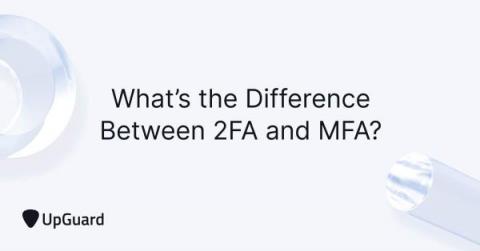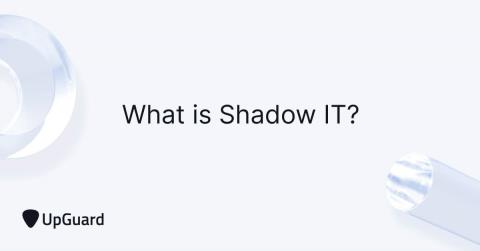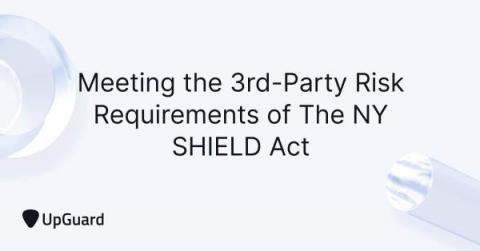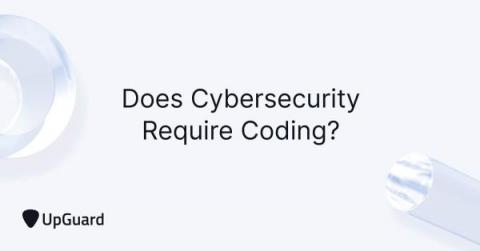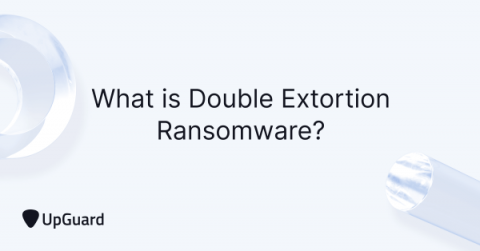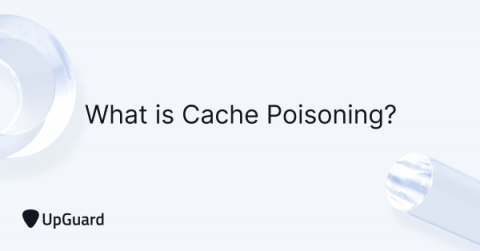How Colleges & Universities Can Prevent Ransomware Attacks
In recent years, there has been increasing amounts of ransomware attacks on colleges and universities due to poor cybersecurity practices, a higher likelihood of ransom payment, and the value of information involved. The entire education sector performs poorly as a whole compared to other sectors when it comes to data security, and hackers are quickly taking notice.





